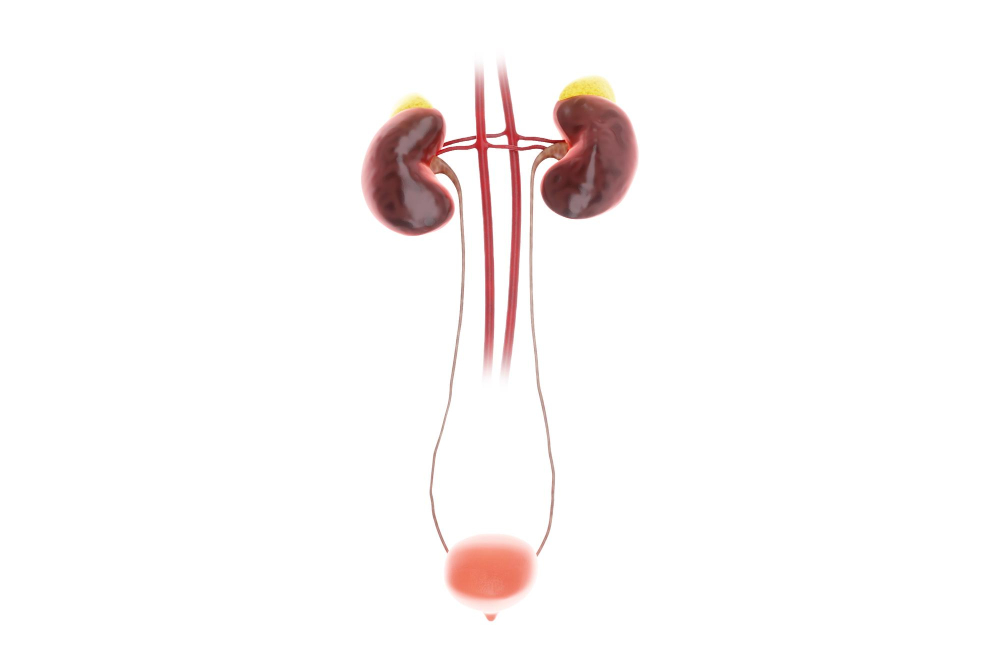What is Urethral Stricture?
Urethral stricture is a condition where the tube that carries urine from the bladder becomes narrow. This tube is called the urethra. When it gets tight, it can make urination slow or painful. Sometimes, it can even block urine flow completely. Many people experience discomfort or repeated infections because of this problem. Urethral stricture can happen due to injury, infection, or after surgery. While some mild cases can be managed without surgery, others need more advanced treatment.
When is Surgery Needed?
Not every urethral stricture needs surgery. However, if you have trouble urinating, frequent infections, or pain, your doctor may suggest surgery. Sometimes, other treatments like stretching or dilating the urethra do not work. In these cases, surgical procedures for urethral stricture become necessary. Early treatment can help prevent kidney damage and other serious problems. If you notice blood in your urine or cannot urinate at all, seek help right away.
Types of Surgical Procedures
There are several surgical options for treating urethral stricture. Your doctor will choose the best one based on the length and location of the stricture. Here are the main types:
What to Expect Before and After Surgery
Before surgery, your doctor will do tests to check the stricture. These may include urine tests, X-rays, or a scope exam. You may need to stop certain medicines before the procedure. On the day of surgery, you will get anesthesia to keep you comfortable. After surgery, you may have a thin tube (catheter) in place to help urine flow while you heal. Your doctor will give you instructions on caring for the catheter and signs to watch for.
Recovery Process and Timeline
Recovery time depends on the type of surgery. For urethrotomy, most people go home the same day. The catheter usually stays in for a few days. For urethroplasty, recovery may take longer, and the catheter might stay in for two to three weeks. During recovery:
Most people return to normal activities within a few weeks. However, always follow your doctor’s advice for the best results.
Risks and Potential Complications
Like any surgery, there are risks. However, most people do well after surgery for urethral stricture. Possible risks include:
If you notice any unusual symptoms, contact your doctor right away. Early care can prevent serious problems.
Success Rates and Long-Term Outcomes
Surgical procedures for urethral stricture have high success rates. According to urology experts, urethroplasty can cure the problem in over 85% of cases. Urethrotomy works well for short strictures, but sometimes the problem returns. Long-term outcomes are best when you follow your doctor’s instructions and attend follow-up visits. Regular check-ups help catch any issues early.
Prevention and Lifestyle Tips
While not all strictures can be prevented, some steps can lower your risk:
Healthy habits can support your recovery and help prevent future problems.
Conclusion
Surgical procedures for urethral stricture offer effective solutions for many people. If you have symptoms or concerns, consult a urologist for personalized advice on urethral stricture treatment. Early care can make a big difference in your health and comfort.

